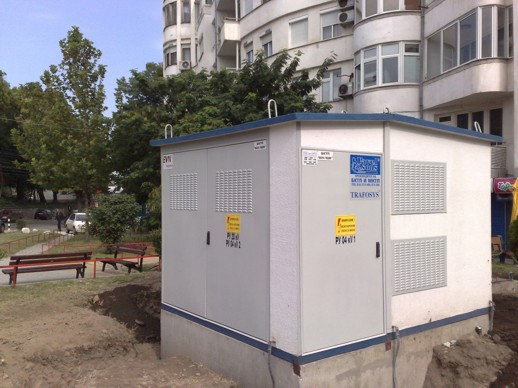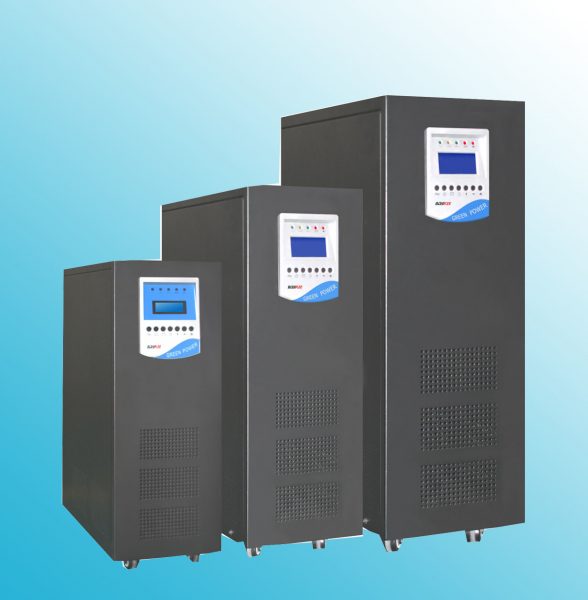مقدمه:
بطور کلی در مهندسی برق، واژه زمین یا ارت با توجه به کاربردهای آن دارای معانی متفاوتی است.
واژه زمین یا ارت به مسیری کلی برای بازگشت جریان به منبع نیرو نیز اطلاق میشود.
این واژه در مورد یک اتصال مستقیم به زمین نیز مورد استفاده قرار میگیرد.
زمین در یک مدار الکتریکی میتواند نقش یک نقطه مبدأ را داشته باشدکه برطبق آن بقیه ولتاژهای الکتریکی رااندازهگیری میکنند.
یک مدار الکتریکی ممکن است به دلایل مختلفی به زمین متصل شده باشد.
در مدارهای قدرت این اتصالها معمولاً برای بالا بردن ایمنی و محافظت افراد یا دستگاهها از تأثیرات معیوب بودن عایقکاری هادیها ایجاد میشود (چاه ارت).
اتصال به زمین در مدارهای قدرت از آسیب دیدن عایقهای مدار در اثر افزایش ولتاژ بین زمین و مدار جلوگیری کرده و این ولتاژ را در یک حد معین محدود میکند.
از اتصال زمین برای جلوگیری افزایش الکتریسیته ساکن در هنگام حمل مواد قابل اشتعال یا تعمیر تجهیزات الکترونیکی نیز استفاده میکنند.
در برخی از انواع تلگرافها و شبکههای انتقال زمین به تنهایی نقش یکی از هادیها را ایفا میکند و به عنوان مسیر بازگشت جریان به منبع مورد استفاده قرار میگیرد با این کار در هزینه ایجاد یک خط جداگانه برای بازگشت جریان صرفهجویی میشود.
در اندازهگیری از زمین به عنوان یک پتانسیل الکتریکی ثابت استفاده میکنند که با توجه به اختلاف پتانسیل هر قسمت از مدار از زمین میزان پتانسیل آن قسمت را مشخص میکنند.
یک زمین الکتریکی باید از ظرفیت انتقال جریان مناسبی برخوردار باشد تا بتوان از آن به عنوان مبدأ صفر ولتاژ استفاده کرد.
انواع سیستم های نیرو از نظر اتصال به زمین:TN
مفهوم حروف اختصاری بکار رفته در سیستمهای توزیع نیرو به شرح زیر میباشد:
حرف اول از سمت چپ مشخص کننده نوع رابطه سیستم نیرو با زمین است،
T:یک نقطه از سیستم مستقیما” به زمین وصل است (معمولا نقطه خنثی)
I:قسمتهای برق دار سیستم نسبت به زمین عایق هند و با یک نقطه از سیستم از طریق امپدانسی به زمین وصل است.
حروف دوم از سمت چپ مشخص کننده نوع رابطه بدنه های هادی تاسیسات با زمین است،
T:بدنه های هادی از نظر الکتریکی بطور مستقیم و مستقل از اتصال زمین سیستم نیرو به زمین وصل اند.
N:بدنه های هادی از نظر الکتریکی مستقیما”در نقطه زمین شده سیستم نیرو وصل میشوند.
علاوه بر دو حرف اصلی تععین کننده نوع سیستم نیرو در مورد سیستم های TN برای مشخص کردن نحوه استفاده از هادیهای حفاظتیPE وخنثی N از حروف اضافی استفاده میشود.
S:در سرتاسر سیستم بدنه های هادی از طریق یک هادی مجزاءPE به نقطه خنثی N در مبدا سیستم وصل اند.
C:در سرتا سر سیستم بدنه های هادی به هادی مشترک حفاظتی خنثی PEN وصل اند .
در مواردی که قسمتی از سیستم از مبداء تا نقطه تفکیک، هادی توام حفاظتی –خنثی PEN دارند و از ان به بعد دو هادی حفاظتی PE وخنثیN از هم جدا می شوند از هر دو حرف C و S استفاده خواهد شد به نحوی که چنین سیستمی به صورت TN-C-Sمشخص میشود.
– سیستم نیروی نوع TN-S:
در این سیستم یک نقطه مستقیما” به زمین وصل شده و بدنه های هادی تاسیسات الکتریکی از طریق هادیهای حفاظتی(ارت) به ان نقطه وصل می گردند.در این سیستم هادی های خنثی و حفاظتی در تمام سیستم مجزاء میباشند یعنی نول و ارت مجزاء از هم هستند.
– سیستم نیرو نوع TN-C-S:
در این سیستم هادی های خنثی(نول)و حفاظتی(ارت)در قسمتی از تاسیسات توام میباشند یعنی قسمتی از سیستم از مبداء تا نقطه تفکیک، هادی توام حفاظتی –خنثی PEN دارند و از ان به بعد دو هادی حفاظتی PE وخنثیN از هم جدا میشوند.
– سیستم نیروی نوع TN-C:
در این سیستم هادی های خنثی(نول)و حفاظتی(ارت) در تمام سیستم توام میباشند وبه عنوان هادی PEN مشخص میگردند.
از سه گونه ای که برای سیستم TN ذکر شد سیستم TN-C-S متداول ترین انهاست .
– سیستم نیروی نوع TT:
در این سیستم یک نقطه مستقیما”به زمین وصل شده وبدنه های هادی تاسیسات الکتریکی مستقل از اتصال زمین سیستم، به زمین وصل میشوند ، در این سیستم شبکه و تاسیسات دارای دو زمین مجزا از یکدیگر میباشند،به طوری که نقطه صفر ستاره ترانس مستقیما” به زمین وصل میشود(زمین الکتریکی)و یک سیم از ان برای استفاده صفر (نول)به خارج هدایت میگرددو بدنه دستگاه ها و وسایل الکتریکی به میل زمین دیگری (زمین حفاظتی ارت)وصل میشوند.
این سیستم جزء در موارد خاصی که شرایط محلی برای استقرار ان مناسب باشد ویا وسایل حفاظتی مخصوص(کلیدهای جریان باقی مانده)بهره برداری از ان را ممکن کند،قابل استفاده نیست.در این سیستم ها استفاده از وسایل حفاظتی نوع جریان باقی مانده،وسایل حفاظتی نوعجریان تفاضلی و همچنین کلیدFI ترجیح داشته و وسایل حفاظتی نوع ولتاژاتصالی نیز ممکن است مورد استفاده قرار گیرند.
– سیستم نیروی نوع IT:
در این سیستم اتصال مستقیم بین هادیهای برق دارفاز با زمین وحتی سیم صفر نول با زمین وجود نداشته،اما بدنه های تاسیسات الکتریکی به زمین وصل میشوند با سیم حفاظتی(ارت).سیم صفر ترانس یا نسبت به زمین کاملا” عایق است یا با یک مقاومت بزرگ و یا توسط برقگیر به زمین وصل میشود.
آموزش سیستم ارتینگ
































